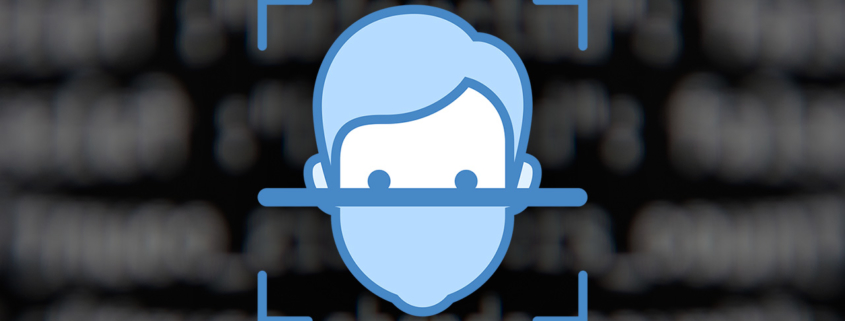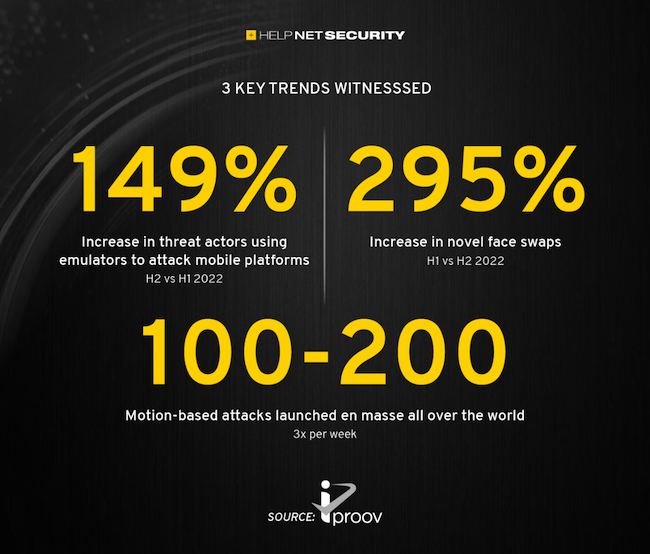Gateway Casinos in Ontario face long road to recovery after ransomware attack, expert says
Several casinos in Ontario remain closed nearly two weeks after a cyberattack, with no official reopening date.
The ransomware attack that knocked the servers out to Gateway Casinos facilities was first detected on April 16.
Technology analyst Carmi Levy said the situation is the digital equivalent of recovering from a major fire or similar disaster.
“It’s as bad as it gets. And unfortunately, the damage is going to take years to undo, even if they are able to undo it,” the London, Ont.-based digital expert said. “You don’t just flip a switch and come back on.”
On Thursday, Gateway posted online it hopes to reopen using a phased approach “later this week; however, the reopening timeline depends on the pace of restoration and approval by regulatory bodies.”
The cybersecurity incident impacted operations to 14 casinos, including Casino Rama in Orillia, Georgian Downs in Innisfil, and Playtime Casinos Wasaga Beach.
According to Levy, the recovery procedure is a “multi-faceted, multi-staged process” involving highly-trained people.
“We call these ‘business killer events’ for a reason. Many companies that are targeted successfully by ransomware never fully recover. The direct costs will be into the millions if not the tens of millions or beyond,” the tech analyst said.
While the company has said there is no evidence to believe customer’s data was breached, Levy believes it’s possible.
“There is a very strong likelihood that it has been – that it is either being bought and sold on the dark web or will be at some point in time because all of these ransomware events tend to play out in the same way. There’s no coming back from that. ,” he noted.
While Casino Rama’s gaming floor remains closed to gamblers, the Orillia facility welcomed back concertgoers Thursday night in an attempt at getting some operations back to normal.
“The concert was very well attended, and people seemed very excited to be there,” said Rob Mitchell, director of communications at Gateway Casinos and Entertainment Limited.
A Scotty McCreery concert is scheduled to go ahead on Saturday.
Still, the digital analyst believes Gateway will have a long road…





